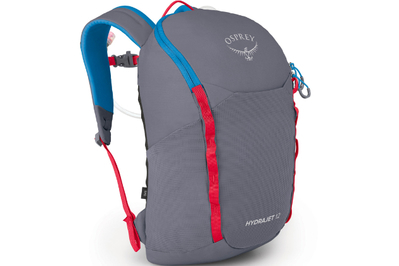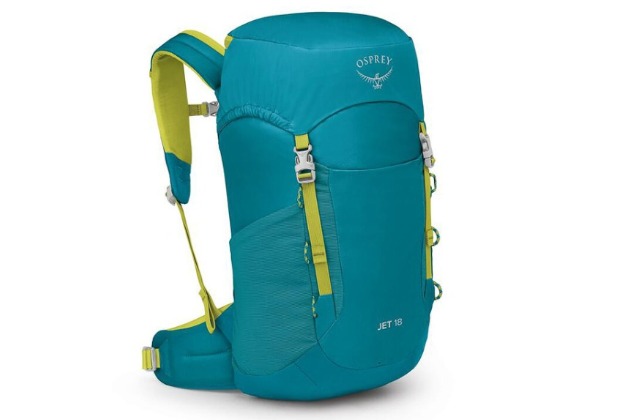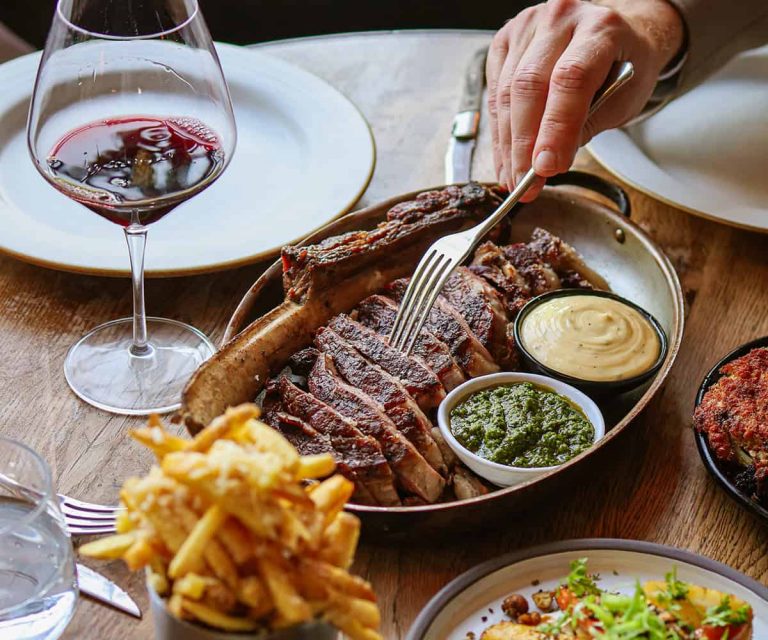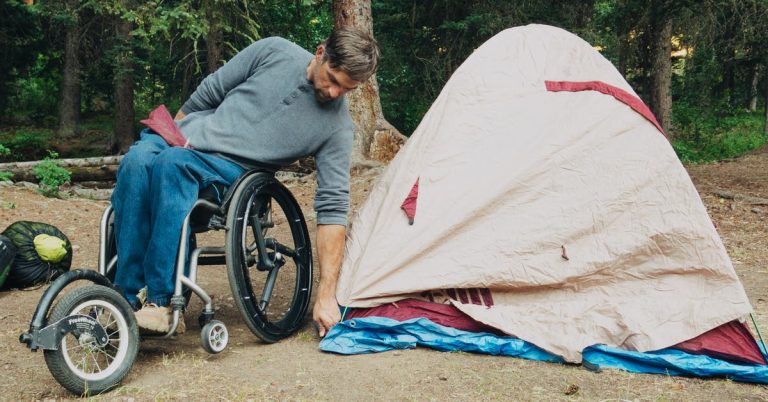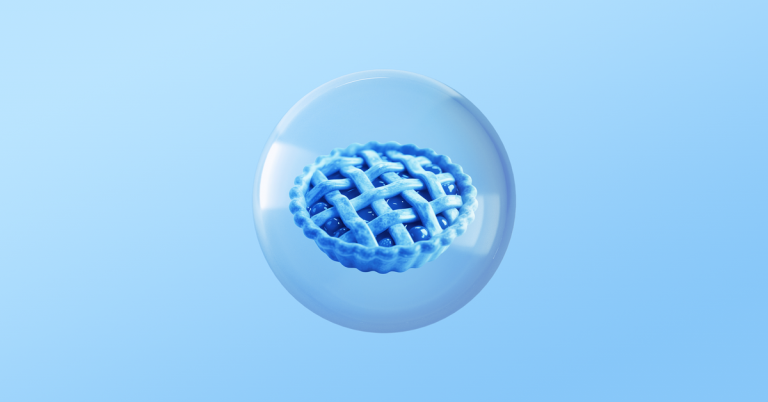The 5 Best Kids Hiking Backpacks of 2025

The Osprey Hydrajet 12 and Osprey Jet 18 are similar in size to REI’s options and have most of the same features. The Osprey packs cost more, but they offer a couple of appealing upgrades over the REI designs that may be worth the premium if your kid is a more serious hiker or spends time hiking in hot weather.
The water-bladder slot is superior. Whereas REI places the bladder pocket inside its bags’ main compartment, Osprey puts the bladder pocket on the outside back of these bags. This design choice offers a couple of advantages. First, if the bladder happens to leak, it’s less likely to get other gear wet. Second, the design makes the bladder a tad quicker to refill (no need to unzip the main pack) and ensures that any splashed water ends up outside the pack rather than inside. The smaller Hydrajet 12 comes with a 1.5-liter reservoir, while the bigger Jet 18 requires you to buy the bladder separately. Both packs have clips at the sternum straps to hold the bladder’s mouthpiece in place.
Osprey packs are breathable and comfortable. Like Osprey’s men’s and women’s packs, its kids packs stand apart from those of most other brands because of their breathability, as a piece of mesh-covered foam separates the back of the pack from the back of the wearer. (Osprey calls this the AirScape system.) That advantage is probably relevant only if your kid uses a hydration system, or if they sweat a lot — namely, if your child is a more serious hiker who is spending time in hot conditions. Both packs have padded shoulder straps, and the larger Jet 18 also has a padded hip belt with pockets.
They feature roomy, thoughtfully designed compartments. Another benefit of the exterior water-bladder pocket is that it allows more room for other stuff in the main compartments; even though the REI Tarn bags technically have the same volume capacity as these Osprey bags, at 12 and 18 liters, respectively, some of that volume is consumed by a water bladder in the REI bags, if you choose to use one.
The rucksack-style closure at the top of the Jet 18 in particular can accommodate a lot of gear, which is great for overnight hikes or sleepovers. Both Osprey packs have stretchy mesh panels on the sides of their front “shove-it” pockets, which can fit a surprising amount of layers, snacks, or random, nonnegotiable kid things (read: beloved stuffed animals).
The Jet 18 has most of the same features as Osprey’s adult packs, which cost about twice as much. A 5-foot-4, 135-pound mom wore the Jet 18 on a 14-mile all-day urban trek and found it to be just as comfortable and functional as any daypack she had ever used. (The company also makes our favorite adult hiking hydration backpacks, the Skarab 18 and the Skimmer 16.)
Osprey offers a lifetime warranty on all of its bags. The company will repair any damage or defect for any reason, free of charge — and if Osprey can’t repair your item, the company will replace it. Both the Hydrajet 12 and the Jet 18 are designed with Bluesign-certified, sustainable, mostly recycled materials.
Flaws but not dealbreakers
They’re pricey. You may be able to find these Osprey packs on sale, but if not, we don’t think their unique features are necessarily worth paying more for unless your kid is a frequent hiker, or if you’re particularly concerned about whether they’re consuming enough water. Note that because the Hydrajet 12 comes with a hydration bladder, its price of around $80 ends up being fairly reasonable; in comparison, the REI Tarn 12 costs about $40, but a separate hydration pack also costs around $40.
They’re slightly heavier and more rigid than other packs we tested. The articulated foam that Osprey uses on the back of its packs to increase breathability is pretty stiff, as are the shoulder straps and, with the Jet 18, the padded section of the hip belt. Although that rigidity offers more support when the backpacks are fully loaded, some of our testers found the packs a little uncomfortable on the first wear. Also, these packs are about a half an ounce heavier than our top-pick packs.

